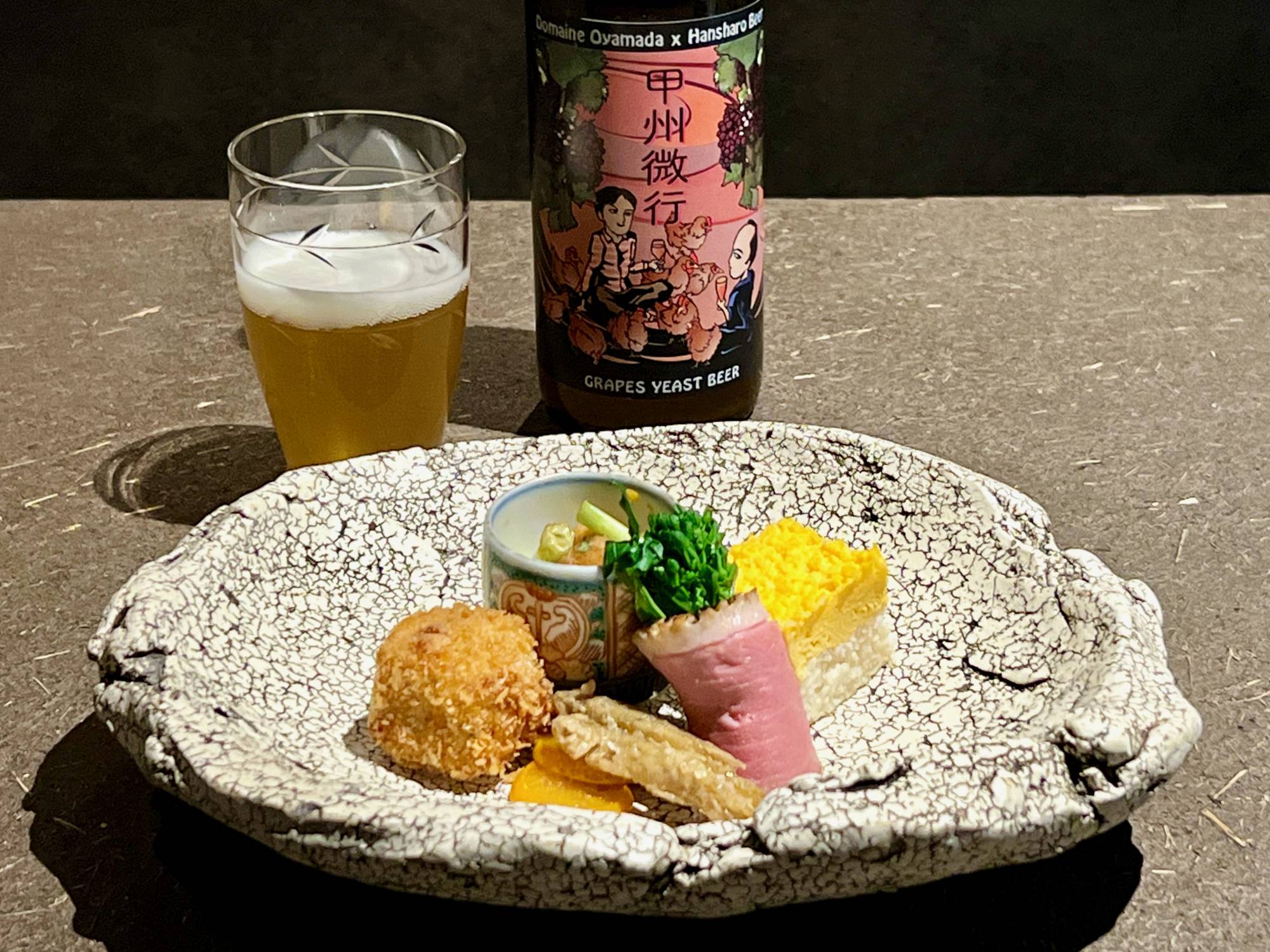All cooking is elemental — a complex chemistry of heat, time and ingredients. But nothing beats the special alchemy that derives from preparing a meal over an open wood fire.
The hiss and crackle of the timber, the wafting aromas, the glow of the flames, the heat emanating from the embers: These are the primal qualities of wood-fired cooking that have fueled its growing popularity in fine dining restaurants around the world, including Japan.
That said, wood has rarely if ever played a role as a heat source in Japanese cuisine, given the availability of premium binchō charcoal that burns at such a consistent high heat. But one young chef who is starting to blur those lines is Yu Kunisue, whose remarkable new restaurant, Shizen, opened in January in Shibuya.

















With your current subscription plan you can comment on stories. However, before writing your first comment, please create a display name in the Profile section of your subscriber account page.